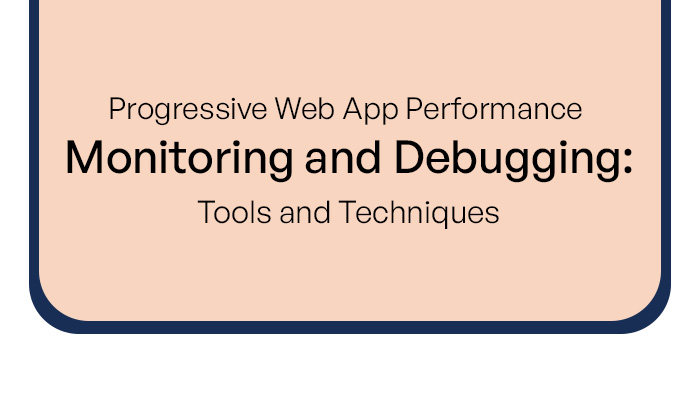Do you provide ongoing app performance optimization services?
Yes, we provide ongoing app performance optimization services to ensure that your application runs smoothly and efficiently. We understand the importance of delivering a high-performing app to your users, and our team of experts is dedicated to optimizing your application for optimal speed, responsiveness, and resource utilization. Through regular monitoring, analysis, and fine-tuning, we work to identify and resolve any performance bottlenecks that may be impacting your app’s performance. Our goal is to ensure that your app provides an excellent user experience and meets the performance expectations of your users.

